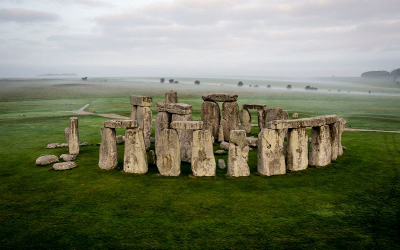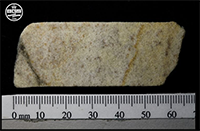|
Stonehenge Sediments Date to Days of Dinosaurs: Scientists
August 6, 2021
The tall standing stones of Stonehenge predate the dinosaurs, scientists have found. The collection of stones that has presided over many generations in Somerset, England, contains blue stones and sarsen stones. The latter are the taller ones, and it was a piece of one of those, known as Stone 58, that disappeared after restoration work on the famous monument in the 1950s. It seems that a man who worked for the drilling company that was taking part in a restoration of Stonehenge took the cylindrical core of one of the pillars home with him. The man, Robert Phillips, then took the stone core with him when he moved to the United States. He returned the 42-inch-long piece of stone to the United Kingdom in 2018, when he turned 90. Scientists have been submitting the core to various tests, including X-ray scans, CT scans, and microscopic analysis. When they did so, they discovered that the core was 99.7 percent quartz and so was very strong, able to withstand the ravages of time since the construction of the monument thousands of years ago. Tests also showed that the stone's origins were in sandy sediments that were deposited during the Mesozoic era (252 million years ago to 66 million years ago); as a result, dinosaurs living then could well have left their footprints in the same earth in which the Stonehenge sarsen stones formed. Further, scientists found that some of the grains of sand in the mix were 1 billion years old. The findings appear in the journal PLOS ONE. The stones that remain are Stonehenge III, built in the third and second centuries B.C. The first Stonehenge was a product of the British Neolithic culture, about 3100 B.C. |
|
Social Studies for Kids
copyright 2002–2024
David White






